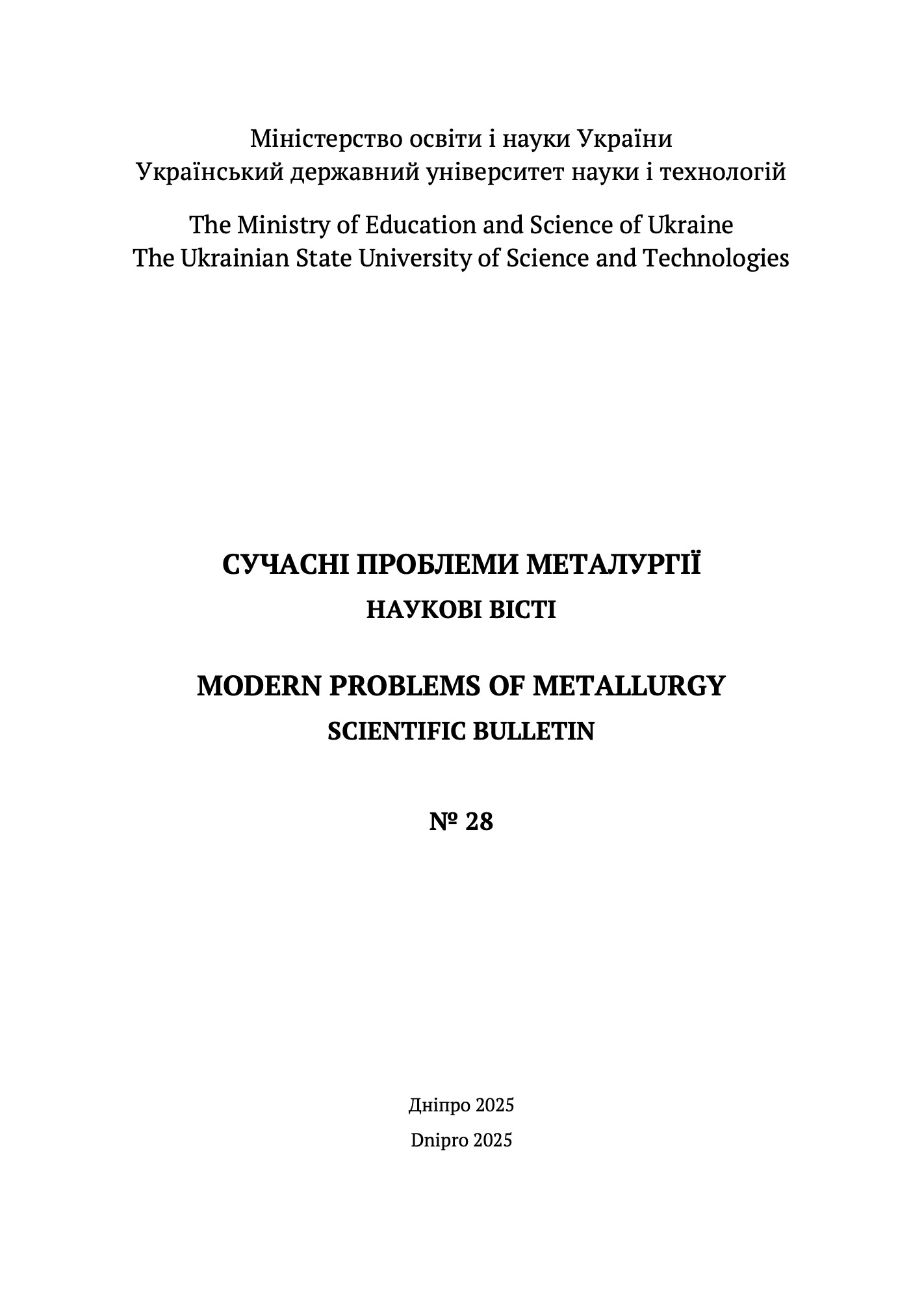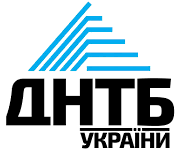COMPARATIVE ANALYSIS OF MATHEMATICAL MODELS FOR DETERMINING CRITICAL POINT TEMPERATURES OF ECONOMICALLY ALLOYED STEELS
DOI:
https://doi.org/10.34185/1991-7848.2025.01.03Keywords:
steel, mathematical model, critical points, heat treatment, alloying elements.Abstract
The problem of determining the temperatures of critical points of phase transformations in steels remains relevant due to the need to ensure high accuracy in assigning heat treatment modes. It is known that the position of critical points is largely determined by the chemical composition of the steel, in particular the content of alloying elements. The aim of the work is to determine, from among the known mathematical models, the most suitable ones for predicting the temperatures of critical points of multicomponent economically alloyed structural steels. The research was conducted by comparative analysis of the results of calculations using known mathematical models used to determine the temperatures of critical points of phase transformations in multicomponent economically alloyed structural steels, and experimental data for the studied steels and the prototype steel. The chemical composition of the studied steels was determined on a precision analyzer EXPERT 4L. The studied steels were smelted from charge materials of technical purity in an induction module ІТПЕ-0,01. The melting was carried out by the remelting method without forced oxidation of impurities. The introduction of alloying elements into the liquid steel was carried out by immersing a protective metal container into it, where samples of the necessary alloying elements were placed. To identify structural and phase transformations of the prototype steel, the method of differential thermogravimetric analysis was used, which was carried out on a synchronous thermal analyzer STA 449 C Jupiter. The results of a comparative analysis of mathematical models used to predict the temperatures of critical points of phase transformations in multicomponent economically alloyed structural steels are presented. The influence of alloying elements on the values of critical temperatures is analyzed, and the conditions for the application of various mathematical models are also considered. It was found that the studied mathematical models allow to establish the values of critical points of steels with relatively low accuracy. Nevertheless, based on the fact that in practice, the most significant temperature for setting the tempering temperature is the Ac3 temperature, and the real tempering temperature, from a technological point of view and the equipment used for heat treatment, may exceed the Ac3 point temperature by 30…100 °C, it is recommended to calculate the Ac3 temperature value for economically alloyed structural steels with a sufficiently high level of accuracy using mathematical models of the Jmat PRO or ISI software complex..
References
Günther, E., Radomski, G., Oheim, B., &Günther, E. (1970). Die rechnerische Ermittlung der Umwandlungspunkte Ac1 und Ac3. Neue Hütte, 15, 18–21.
Andrews, K.W. (1965). Empirical Formulae for the Calculation of Some Transformation Temperatures. Journal of the Iron and Steel Institute, 203, 721–727.
Grange, R.A. (1961). Estimating Critical Ranges in Heat Treatment of Steels. Metal Progress, 79, 4, 73–75.
Kunitake, T. (2001). Prediction of Аc1, Аc3 and Мs temperature of steels by empirical formulas. Journal of the Japan Society for Heat Treatment. 2001, 41(3), 164–169.
Kunitake, T., & Kato T. (1964). Vplyv riznykh lehuiuchykh elementiv na Si-Cr-Mo-V stali [The effect of various alloying elements on Si-Cr-Mo-V steels]. Tetsu to gagan, 50, 4, 666-668 [in Ukrainian].
Eldis, G.T. (1978). A Critical Review of Data Sources for Isothermal Transformation and Continuous Cooling Transformation Diagrams. Hardenability Concepts with Applications to Steel, 126–148.
Vynokur, B.B., Piliushenko, V.L., & Kasatkin, O.H. (1983). Struktura konstruktsiinoi lehovanoi stali [Structure of structural alloy steel] [in Ukrainian].
Kasatkin, O.H., Vynokur, B.B., & Pyliushenko, V.L. (1984). Rozrakhunkovi modeli vyznachennia krytychnykh tochok staly [Calculation models for determining critical points of steel]. Metaloznavstvo ta termichna obrobka metaliv, 1, 20–22.
Ziuzin, V.I., Sadovskyi, V.D., & Baranchuk, S.I. (1939). Vplyv lehuiuchykh elementiv na polozhennia martensytnoi tochky, kilkist zalyshkovoho austenitu ta stiikist yoho pry vidpusttsi [The influence of alloying elements on the position of the martensite point, the amount of retained austenite and its stability during tempering]. Metalurh, 10-11, 75–80.
Steven, W., & Haynes, A.G. (1956). The Temperature of Formation of Martensite and Bainite in Low-Alloy Steels: Some Effects of Chemical Composition. Journal of the Iron and Steel Institute,183, 349–359.
Carapella, L.A. (1944). Computing A′′ or Ms (Transformation Temperature on Quenching) from Analysis. Metal Progress, 46, 1, 108.
Payson, P., & Savage, C.H. (1944). Martensite Reactions in Alloy Steels. Transactions ASM, 33, 261–275.
Rowland, E.S., & Lyle, S.R. (1946). The Application of Ms Points to Case Depth Measurement. Transactions ASM, 37, 27–46.
Grange, R.A., & Stewart, H.M. (1946). The Temperature Range of Martensite Formation. Transactions AIME, 167, 467–490.
Artinger, I. (1978). Szerszámacélok és hőkezelésük : textbook. Budapest : Műszaki Könyvkiadó.
Kunitake, T., & Okada, Y. (1998). The estimation of bainite transformation temperatures in steels by the empirical formulas. Tetsu-to-Hagane, 84, 2, 137-141.
Kulmburg, A. (1981). Contritution to the Calculation of the Transformation Behaviour of Steel. Computational Materials Technology. Proceedings of an International Conference. Linköping (4–5 Jun), 61–67.
Nehrenberg, A.E. (1946). Contribution to discussion on grange and stewart. Transactions AIME, 167, 494–498.
Tohobytskaia D.N., Kuksa O.V., Puchykov A.V., Uzlov O.V., Khulyn A.N. (2018). Prognozirovanie velichin kriticheskih tochek fazovyih prevrascheniy Aс1, Aс3 dlya malouglerodistyih konstruktsionnyih staley metodom fiziko-himicheskogo modelirovaniya na osnove parametrov mezhatomnogo vzaimodeystviya [Prediction of values of critical points of phase transformed Aс1, Aс3 for low-carbon structural steels by the method of physical and chemical modeling based on parameters of interatomic interaction]. Sistemnyie tehnologii, 2 (215), 14-19 [in Russian].
Downloads
Published
Issue
Section
License
Copyright (c) 2025 Modern Problems of Metallurgy

This work is licensed under a Creative Commons Attribution 4.0 International License.












